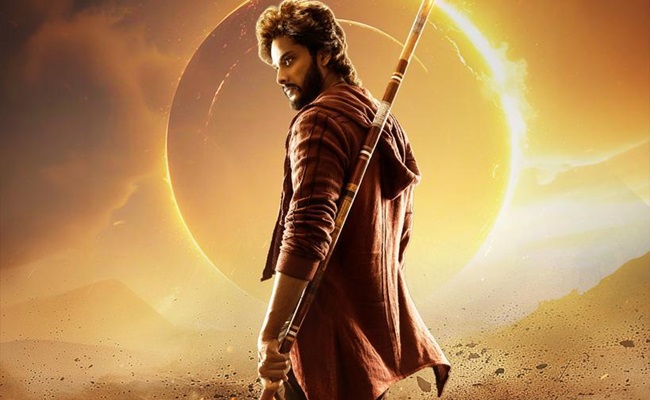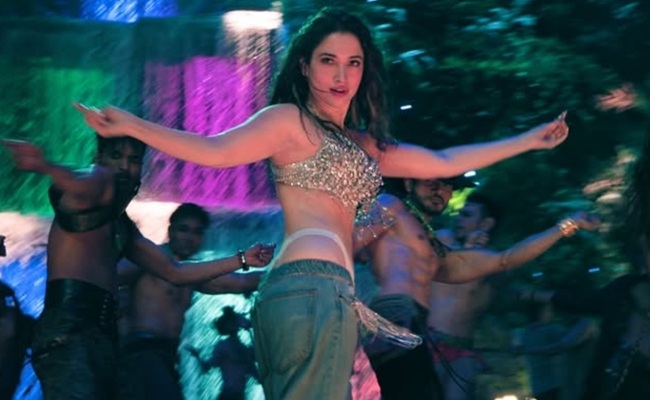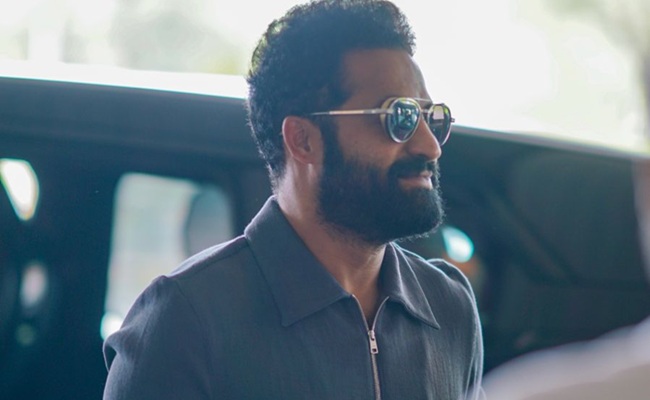Opinion: Rajendra Prasad Unqualified To Criticize Pushpa 2
In the realm of Indian cinema, opinions often resonate with fervent intensity, seemingly amplifying the voices of those who have carved their paths in the film industry. However, recent statements by veteran actor Rajendra Prasad regarding the highly anticipated sequel, Pushpa 2, have ignited discussions about the qualifications of industry stalwarts to critique contemporary cinema.
Rajendra Prasad: A Pillar of Telugu Cinema
Rajendra Prasad, a name synonymous with stellar performances, has earned his stripes as a senior actor in the Telugu film industry. Over the decades, he has delivered remarkable portrayals in a multitude of films, particularly those directed by the legendary Jandhyala, Vamshi, and EVV Satyanarayana. His ability to lend depth and nuance to characters has made him a beloved figure among fans and a respected talent among peers.
Criticism of Pushpa 2: An Unwarranted Perspective?
Yet, despite his illustrious career, the question remains: does Rajendra Prasad possess the right perspective to critique a film like Pushpa 2? Pushpa: The Rise, a blockbuster that garnered both critical and commercial acclaim, showcased the transition of South Indian cinema into a realm of mass appeal and gripping storytelling. Its sequel promises to delve deeper into the complexities of its characters and the challenges they face.
Critics argue that while Prasad’s insights are rooted in his extensive experience, his perspective may not align with the evolving narratives and genres prevalent in contemporary cinema. Furthermore, with the proliferation of digital platforms and changing audience preferences, what may have been considered a benchmark a few decades ago may not hold the same weight today.
Respecting Diversity in Cinema
As the conversation surrounding cinema continues to evolve, it is crucial for seasoned actors like Rajendra Prasad to embrace the changing landscape rather than critique it from a traditional standpoint. With films like Pushpa 2 pushing boundaries and redefining genres, the focus should perhaps shift towards appreciating the diverse storytelling that modern filmmakers are bringing to the forefront.
Thus, while Rajendra Prasad’s opinions warrant respect given his extensive achievements in the film industry, it is also essential to recognize that the dynamic world of cinema thrives on various voices and perspectives. The evolution of narratives calls for an open-minded approach, allowing for the coexistence of classic styles and modern innovations in filmmaking.
Conclusion
In conclusion, the art of cinema is enriched by varied interpretations and critiques. Nevertheless, it is vital for all industry veterans to acknowledge the transformative nature of storytelling as exemplified by films like Pushpa 2. Engaging in constructive dialogue rather than criticism could foster a more inclusive atmosphere for filmmakers and audiences alike. Ultimately, the heart of cinema beats strongest when it embraces both its cherished heritage and its vibrant future.



